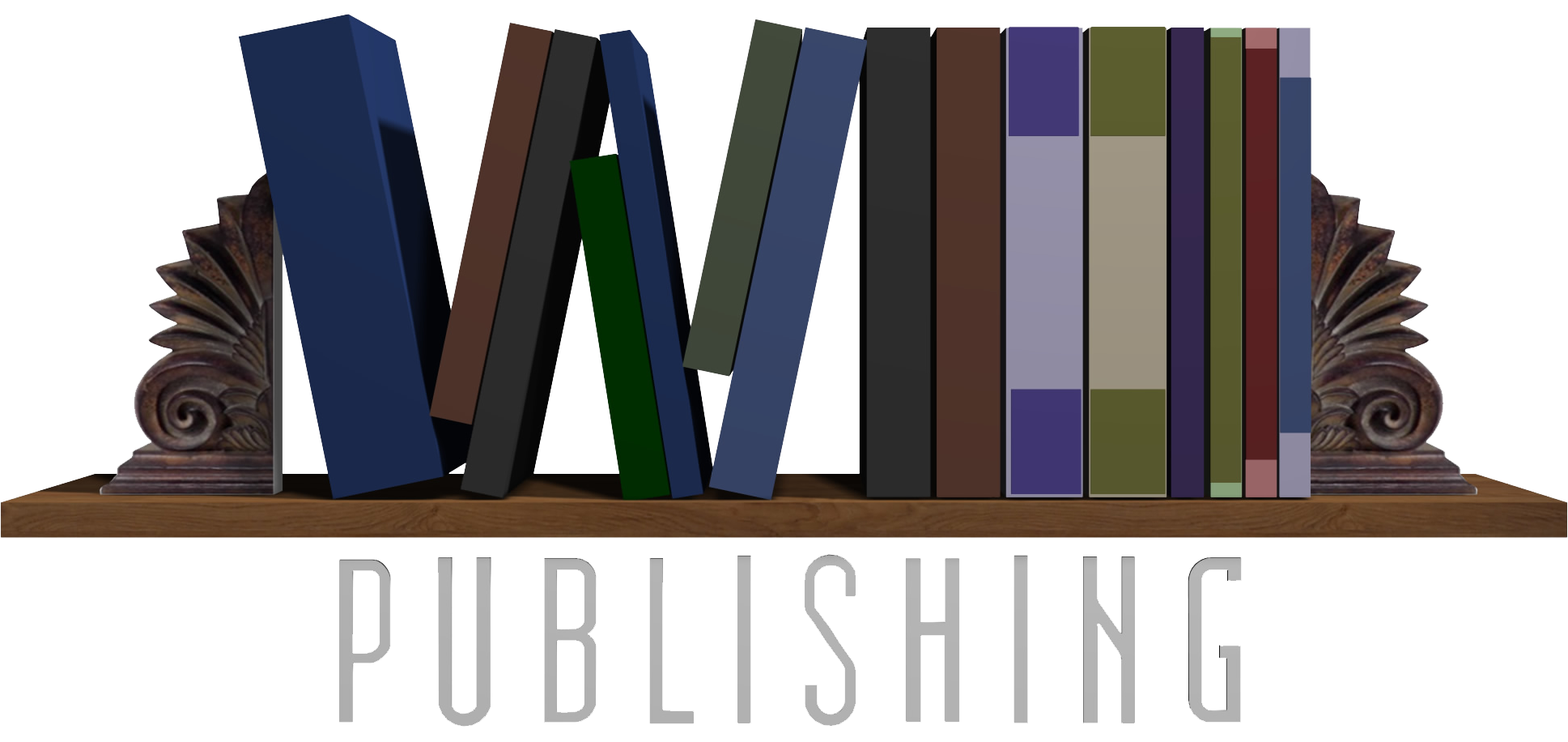This week I’m sharing the writing exercise I am currently engaged in, and finding it very fun and helpful…though word of warning: self-discipline is involved or you’ll end up simply reading a lot of good stories.
A particular interest of mine is the American homefront during World War II, which among other things, coincided with the end of the golden age of magazine fiction, a time when virtually every magazine had at least one story in it. Also, many women’s magazines and general interest magazines had five or six, often with a complete short novel included. (Those were the days!)
Over the years, I’ve collect many magazines from the late ’30’s and ’40’s, and while I’ve read them with pleasure, I’d never really looked critically at the fiction they contain. So, as I’ve been reading these seventy year old stories and taking them apart, what am I learning?
First, that many of the stories revolve around one single moment in time and are relatively plotless; for example, the breaking off of an engagement and the reactions of the three characters involved.
Second, most of the stories’ characters are expertly drawn with a few simple details. I’ve been amazed at the authors’ ability to create someone we all know while avoiding a stereotyped character. Whether it’s the man or woman who stands in the corner during parties, or the man who always has an answer (that everyone knows may or may not be correct, including himself) or the woman whose reaction to anything is always perfect–not sincere or genuine, but perfect. These authors know how to create a character quickly and simply.
Third, most of these stories offer knowledge about something as well as a story. A wonderful story dealt with a traveling bee wrangler, a young man who traveled around the country with a hundred bee hives following the flowers. The author not only uses the symbolic opportunities the bees provide, she also educates her readers on how the bees are handled and moved from place to place. (Who knew bees don’t like the smell of leather?)
These stories are not written by people whose names you would recognize. These are not the folks whose work has been collected on library bookshelves. But these writers know how to write and reach the reader immediately, and they are well worth studying. If you don’t share my interest and happen to have seventy year old magazines lying around, back bound issues are often available through public library inter-library loan systems or online. These literary craftsmen and women are skilled, fun to read, and capable of teaching us quite a lot about the craft of writing. Enjoy!


